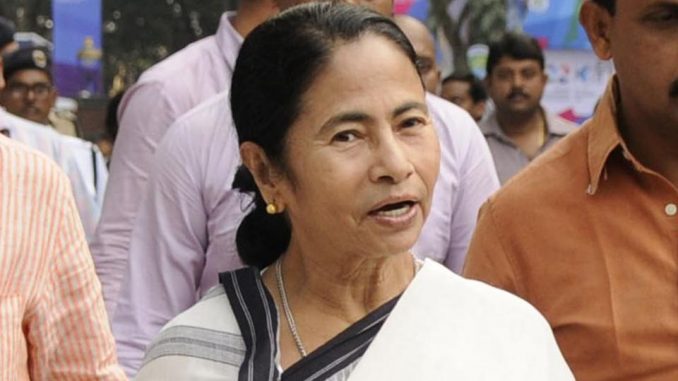In a bid to ensure overall development of the state, the Mamata Banerjee government has increased the expenditure for developing physical infrastructure “four-fold”, since 2011.
The Chief Minister tweeted on Sunday: “Infrastructure development is going on in a rapid pace in Bengal. In fact, expenditure on physical infrastructure in the state has increased almost 4-fold since 2011.”
Giving detailed information on the expenditure carried out by her government, the Chief Minister stated in the tweet: “Recently, new infrastructure projects including flyovers, rural and urban drinking water, roads and bridges, power, affordable housing, irrigation etc worth Rs 18,000 crore, have been sanctioned by our government.”
She also tweeted: “This is in addition to the Rs 25,755 crore budgetary allocation for capital expenditure, for the current financial year. These will open up huge investment opportunities and generate employment in the state.”
After coming to power, Mamata Banerjee had given equal stress on the development of both the rural and urban parts of the state. Development of roads and bridges has ensured better connectivity between different parts of the state.










